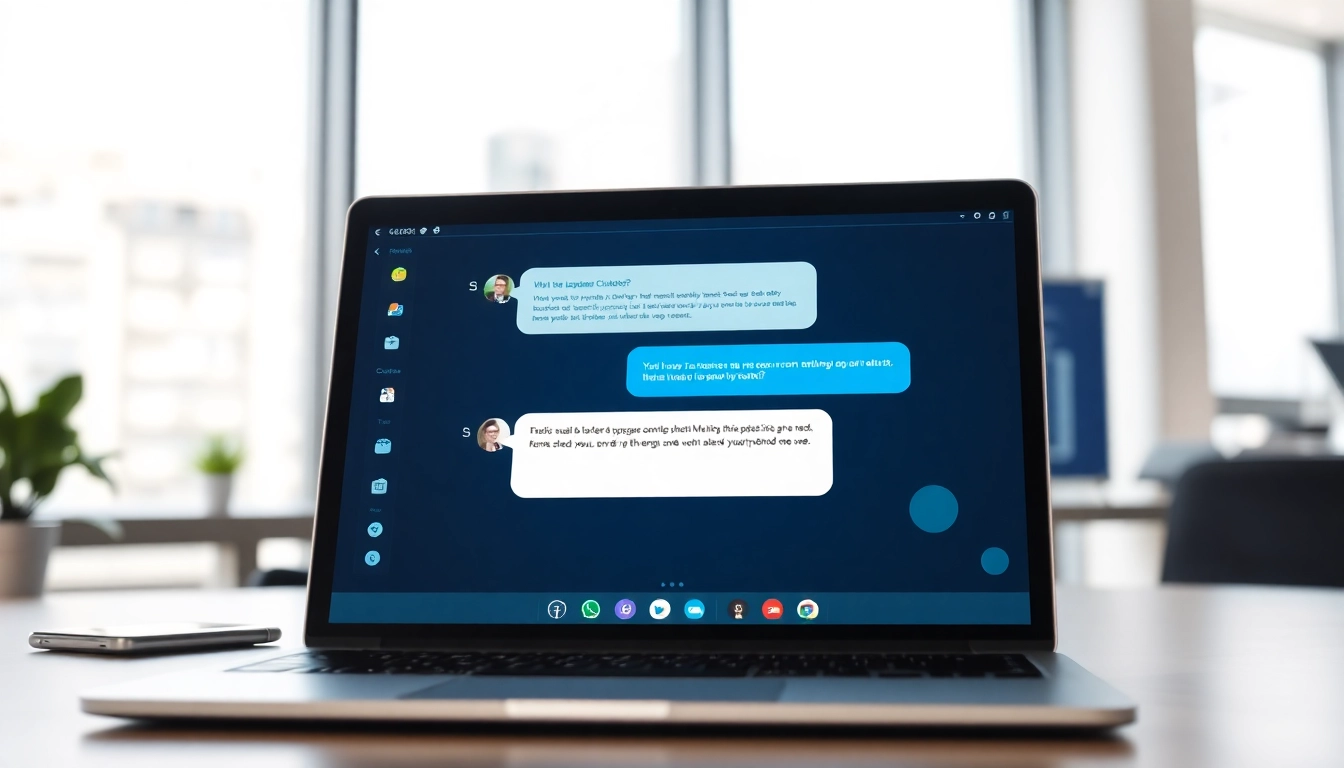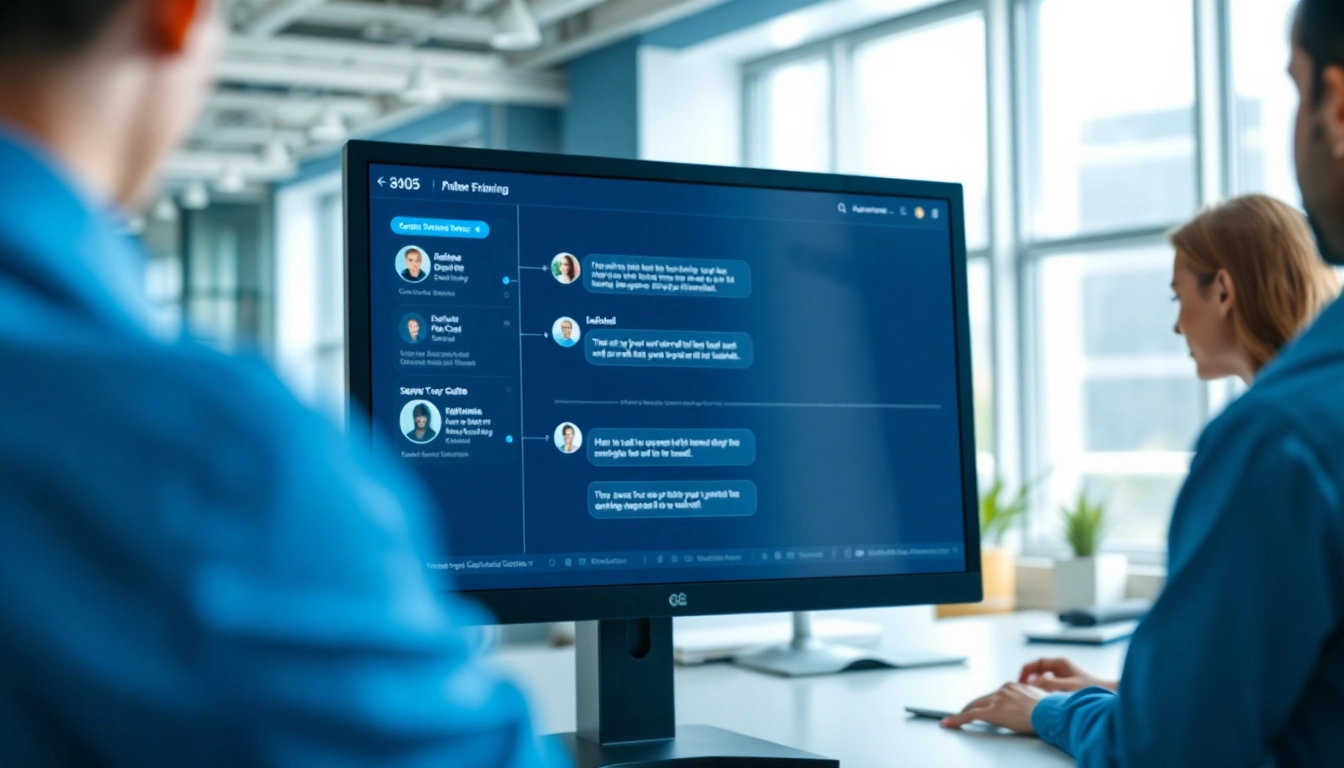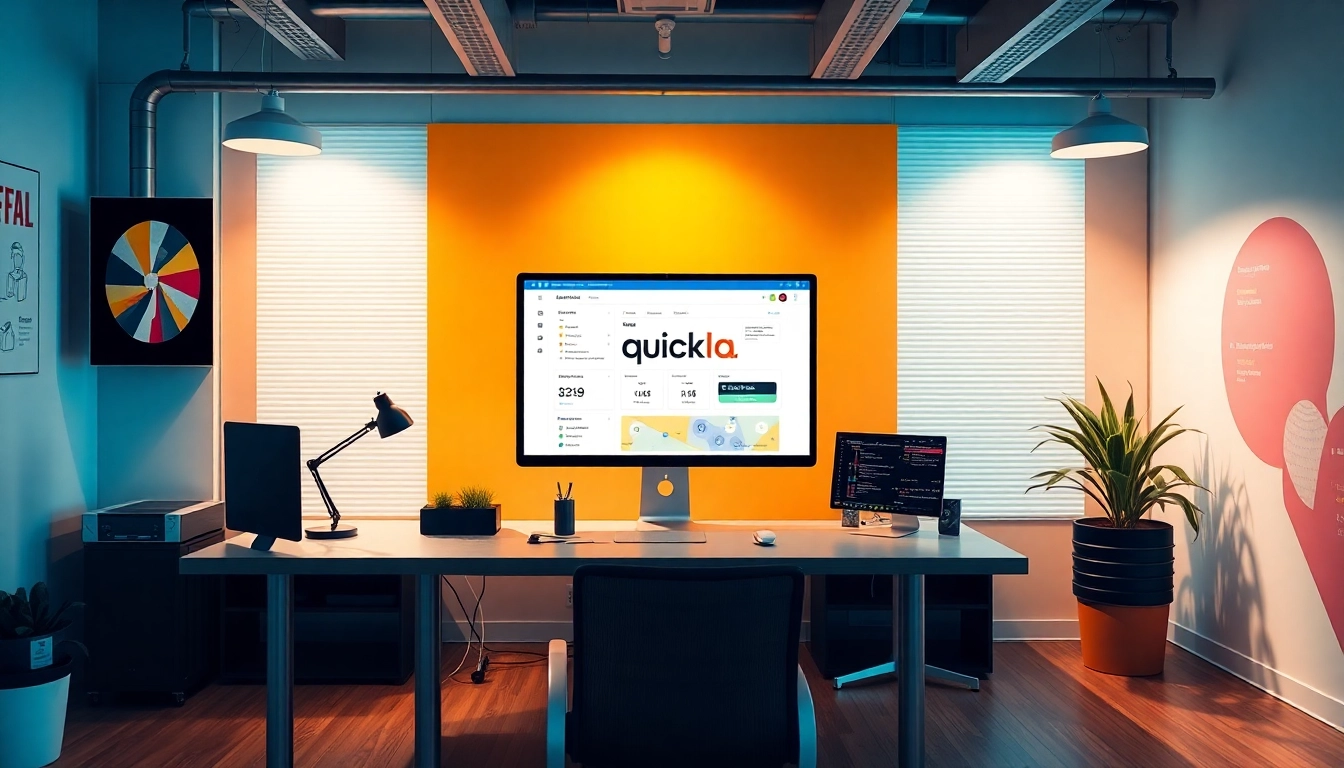
Understanding the Role of a ChatGPT Bot for Your Website
As businesses continue to adapt to the digital landscape, the integration of advanced technologies like Artificial Intelligence (AI) is becoming increasingly vital. One prominent solution is the chatgpt bot for website, which enhances user interaction and offers a more personalized customer experience. ChatGPT bots serve as conversational agents designed to assist users with inquiries, support services, and navigate website offerings seamlessly.
What is a ChatGPT Bot?
A ChatGPT bot is a sophisticated AI-driven conversational interface that utilizes the Generative Pre-trained Transformer (GPT) architecture to understand and generate human-like text. These bots are trained on vast amounts of data and can engage in context-aware conversations, making them suitable for various tasks ranging from customer support to providing information about products and services. ChatGPT bots are commonly deployed on websites to facilitate instant communication and enhance the overall user experience.
Benefits of Using a ChatGPT Bot
- 24/7 Availability: Unlike human agents, ChatGPT bots are available around the clock, providing assistance and answering queries anytime.
- Instant Responses: These bots can deliver quick replies to user inquiries, significantly reducing wait times and improving customer satisfaction.
- Cost Efficiency: Implementing a chat bot can lower operational costs associated with customer service, allowing businesses to allocate resources more effectively.
- Personalization: ChatGPT bots can analyze user data and previous interactions to provide personalized responses, thus enhancing user engagement.
- Scalability: A ChatGPT bot can handle thousands of simultaneous interactions, ensuring that businesses can scale their customer service efforts without strain.
Key Features to Look For
When selecting a ChatGPT bot for your website, several key features should be prioritized to guarantee optimal performance and user satisfaction:
- Natural Language Processing (NLP): The ability to understand and interpret user intent accurately is crucial for meaningful interactions.
- Customization Options: Look for bots that allow customization of chat flows and personality to align with your brand voice.
- Analytics and Reporting: Comprehensive performance metrics can help track user engagement and improve bot performance over time.
- Integration Capabilities: Ensure compatibility with existing systems, such as CRM software, to streamline operations.
- Multi-channel Support: A robust ChatGPT bot can interact with users across multiple platforms, including websites, social media, and messaging apps.
Implementing a ChatGPT Bot: A Step-by-Step Guide
Integrating a ChatGPT bot into your website is a strategic move that can enhance user interaction. Here’s a comprehensive guide on how to implement one effectively.
Prerequisites for Integration
Before launching your ChatGPT bot, it’s important to establish a solid foundation. Consider the following prerequisites:
- Technical Knowledge: A basic understanding of coding and web development is beneficial but not always necessary, as many platforms offer user-friendly interfaces.
- Clear Objectives: Define what you hope to achieve with your bot—be it customer support, lead generation, or user engagement.
- Content Planning: Compile a knowledge base that the bot can use to answer questions. Content must be accessible and relevant to support effective interactions.
- Platform Selection: Choose a suitable platform that supports ChatGPT integrations. Consider platforms like WordPress, Shopify, or custom-built sites.
Your First ChatGPT Bot: Setting Up
- Select Your Bot Provider: Choose a vendor offering ChatGPT solutions. Evaluate their features and pricing models.
- Create an Account: Register for an account on the vendor’s platform and navigate to the bot setup section.
- Design Your Bot: Utilize customization options to align the bot’s personality and tone with your brand. Choose from different templates or create your own.
- Define Interaction Flows: Develop conversation pathways that guide users through common queries or tasks.
- Train Your Bot: Input data and examples into the bot for training. This can include FAQs, typical customer concerns, and more.
- Testing: Conduct comprehensive testing to ensure the bot understands user queries accurately and responds appropriately.
- Launch: After testing, launch the bot on your website, making it accessible to visitors.
Testing and Optimization Strategies
Post-launch, continuous testing and optimization of your ChatGPT bot are essential for maintaining performance:
- User Feedback: Regularly solicit feedback from users and incorporate suggestions for improvement.
- A/B Testing: Test different conversation pathways and responses to identify which performs best.
- Performance Metrics: Track key performance indicators, such as response accuracy and user engagement levels, to ascertain effectiveness.
- Regular Updates: Keep the bot’s knowledge base updated with new information and trends in your industry.
Best Practices for Utilizing a ChatGPT Bot on Your Website
To maximize the effectiveness of your ChatGPT bot, adhere to some best practices that ensure a user-friendly experience.
Crafting Effective Conversations
The way your bot communicates can impact user perception significantly. Here are strategies for effective conversation crafting:
- Be Concise: Avoid long-winded responses. Instead, aim for brevity while still providing sufficient information.
- Use Natural Language: Programming your bot to use conversational language can foster a more engaging interaction.
- Offer Options: Providing users with multiple choices can guide them through the interaction, making it easier for them to find what they need.
- Empathy Matters: Train your bot to recognize emotional cues in user inquiries to provide empathetic responses.
Ensuring a User-Friendly Experience
A user-friendly experience is essential for user engagement. Consider the following:
- Intuitive Design: Ensure the chat interface is simple to navigate, minimizing user friction during interactions.
- Multi-device Compatibility: Test your chat bot across different devices, ensuring a consistent experience whether accessed from mobile or desktop.
- Response Time: Strive for quick responses. A delay can frustrate users and may lead to disengagement.
- Clear Exit Options: Always provide users an option to end the chat or talk to a human agent, enhancing user control.
Regular Updates and Maintenance
Continuous improvement is key to maintaining an effective ChatGPT bot. Focus on:
- Continuous Learning: Monitor conversations and user queries to identify areas where the bot can improve.
- Content Refresh: Regularly update the knowledge base based on new offerings or changes in user behavior.
- Technical Maintenance: Keep the software up to date to ensure compatibility and security compliance.
- Engage with Users: Encourage users to leave feedback about their experience, using this data to refine interactions.
Analyzing Performance Metrics for Your ChatGPT Bot
Measuring the performance of your ChatGPT bot is crucial for understanding its impact on user engagement and satisfaction. Here, we outline how to analyze performance metrics effectively.
Key Metrics to Track
To gauge your ChatGPT bot’s success, focus on several key performance indicators (KPIs):
- Response Accuracy: Measure how often the bot provides correct answers to user inquiries versus incorrect or incomplete responses.
- User Retention Rate: Track the percentage of users who interact with the bot more than once, indicating ongoing engagement.
- Average Response Time: Monitor how quickly the bot replies to users, as speed is crucial for maintaining interest.
- User Satisfaction Scores: Utilize post-interaction surveys to collect user feedback on their experience with the bot.
- Conversion Rates: Analyze how many interactions lead to desired actions, such as signing up for a newsletter or making a purchase.
Using Data to Improve User Interaction
Data analysis can inform continuous improvements for your ChatGPT bot. Consider these strategies:
- Identify Common Queries: Analyze user interactions to discover frequently asked questions that may require enhanced responses.
- Segment User Interactions: Group users based on demographics or behavior to tailor conversations to specific audiences more effectively.
- Monitor Engagement Patterns: Track when users engage with the bot most frequently to optimize availability and responsiveness during peak times.
- Utilize A/B Testing Results: Implement changes based on performance variations in A/B testing to refine the bot’s efficacy.
Case Studies: Success Stories
Real-world examples can provide insights into the benefits of a ChatGPT bot:
- E-commerce Success: An online retail site integrated a ChatGPT bot to handle inquiries about product availability and delivery times. As a result, they experienced a 30% increase in conversions due to faster customer responses.
- Customer Support Improvement: A telecommunications company implemented a ChatGPT bot to manage technical support requests. The bot resolved 50% of issues without human intervention, drastically reducing wait times.
- Lead Generation Boost: A financial advisory service used a ChatGPT bot to engage website visitors with tailored advice. This approach increased lead capture rates by 40% within three months.
Future Trends in Chatbot Technology
As technology evolves, so do chatbot capabilities. Here, we explore the future trends that could shape the implementation and effectiveness of ChatGPT bots.
Integrating AI with User Experience
The future of chatbot technology lies in creating a more holistic user experience through AI:
- Personalized Conversations: Future ChatGPT bots will leverage AI to provide dynamic conversations tailored to individual user preferences and behavior.
- Emotion Recognition: Advanced models may incorporate emotion detection, allowing bots to respond empathetically based on users’ emotional cues.
- Contextual Awareness: Future chatbots may track user history and interactions over time, allowing them to maintain context in conversations.
Potential Developments in ChatGPT Models
Advancements in the underlying technology of ChatGPT models will further improve their effectiveness:
- Enhanced Training Data: Access to larger, more diverse training datasets will allow models to generate increasingly accurate and relevant responses.
- Real-time Learning: Future models may incorporate real-time learning capabilities, adapting to new information as it becomes available, thereby enhancing their knowledge base continuously.
- Improved Multimodal Capabilities: The potential for integrating visual and auditory inputs may allow ChatGPT bots to interact more intuitively, broadening their usability beyond text-based communication.
Preparing for the Next Generation of Bots
To stay competitive, businesses must prepare for the next generation of chatbot technology:
- Invest in Training: Continuous staff training on bot capabilities will be essential to leverage new features effectively.
- Focus on User-Centered Design: Prioritize user experience in all bot interactions, utilizing feedback to tailor ongoing enhancements.
- Embrace Change: Stay adaptable to the evolving chatbot landscape and updated technologies to ensure your bot remains relevant and effective.





